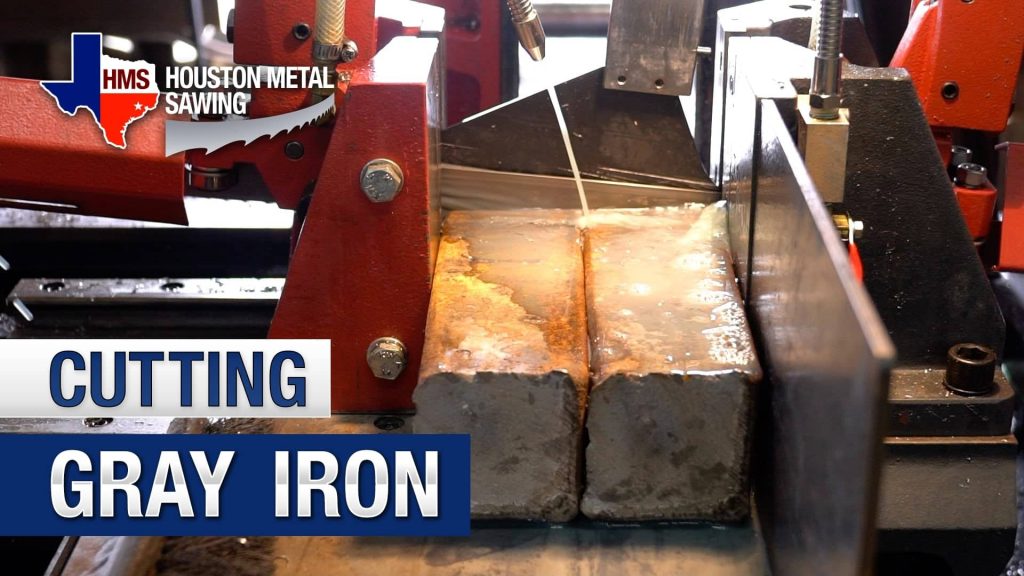Ductile Iron
Ductile Iron Product Guide
Ductile iron is a form of cast iron that has the same mechanical characteristics as steel. Ductile iron is an alloy that consists of iron and carbon in graphite form. It is also known as nodular cast iron, spheroidal graphite iron, SG iron, ductile cast iron, and spheroidal graphite cast iron. In 1943, Keith Millis initially created ductile iron at the International Nickel Company Research Laboratory. Cast iron with ductile properties, as opposed to the brittle features of other cast iron variants, gets its name from the nature of the material.
Table of Contents
Ferritic Ductile Iron
The key component of ferritic ductile iron is graphite nodules embedded inside a ferrite matrix. This ductile iron’s tensile and yield strengths are equivalent to those of low carbon steel, making it an excellent material for various applications.
Ferritic Pearlitic Ductile Iron
An array of graphite spheroids are found in the microstructure, composed of ferrite and pearlite. Ferritic Pearlitic Ductile Iron’s qualities are in the middle of those of ferritic and pearlitic varieties. They can be machined easily and are inexpensive to produce.
Pearlitic Ductile Iron
The microstructural characterization of this kind of ductile iron is carried out using a pearlite matrix. They have an excellent ability to be machined, resistance to impact, moderate ductility, a decent resistance to wear, and high strength.
Martensitic Ductile Iron
This kind of Ductile Iron is made via quench and temper heat treatment, which prevents pearlite development. The ductility and toughness of martensitic ductile iron are less than those of ductile iron because of the iron’s reduced ductility.
Bainitic Ductile Iron
This ductile iron type is very durable and wear-resistant.
Austenitic Ductile Iron
The austenitic matrix of this Ductile Iron gives dimensional stability at higher temperatures, strength, strong magnetic characteristics, and excellent corrosion resistance.
Austempered Ductile Iron (ADI)
This is the newest member of the Ductile Iron family. ADI is created using a unique heat treatment called austempering, and it is almost twice as effective as pearlitic ductile iron. Also, its robustness, wear-resistance, and fatigue strength are all excellent.
Applications of Ductile Iron
Although ductile iron has qualities equivalent to cast steel, it is far less expensive than steel. Ductile iron’s properties, such as corrosion resistance, wear resistance, heat resistance, pressure tightness, flexibility, impact resistance, high yield strength, etc., make it a perfect material for a wide range of technical applications. Examples of items and components where ductile iron is often utilized include:
- Pipe and pipe fittings. It’s estimated that more than half of all ductile iron is utilized in producing the pipes and fittings required to transport different fluids.
- Gearboxes and Gears
- Manifolds and housings
- Cylinders
- Disc brake calipers
- Crankshafts, Connecting rods in the Automobile industry
- The Hydrostatic Barrels.
- Military uses
- Large Machines
- Machine Tooling
- The Pump Housing
- Idler’s arms
- Spindle supports
- Suspension system parts
- Yokes for power transmission
- Steering knuckles
- Piano Harps
- Truck axles
- Agricultural tractors
- High-pressure Valves
- Wheels
- A wheel hub
- Gas Turbine Casing
- Cable Drums
- Air Compressor Block and Crankcase
- Oil well pumps
- Backhoe Loader Swing Pivot and Stabilizer Foot
Properties of Ductile Iron
The qualities of ductile iron are superior to those of other cast iron families. Because of this, ductile iron components are more resistant to breaking when subjected to physical stresses or shocks. The following are some of the most important ductile iron physical and mechanical properties:
| Physical Properties | Ductile Iron |
| Density | 7100 Kg/m3 |
| Co-efficient of Thermal Expansion | 12.3X10-6 cm/cm/0C |
| Mechanical properties | Ductile Iron |
| Tensile Strength | 414 MPa to 1380 MPa |
| Yield Strength | 275 MPa to 620 MPa |
| Young’s Modulus | 162-186 MPa |
| Poisson’s Ratio | 0.275 |
| Elongation | 18% to 35% |
| Brinell Hardness | 143-187 |
| Charpy unnotched impact strength | 81.5 -156 Joules |
Request For Quote

Monday through Friday
8:00 AM to 5:00 PM Central Time
Houston, Texas 77093
Our sawing capabilities include a large range of metals, castings, plastics or molded parts. You can count on Houston Metal Sawing to deliver your parts on time and within budget.






